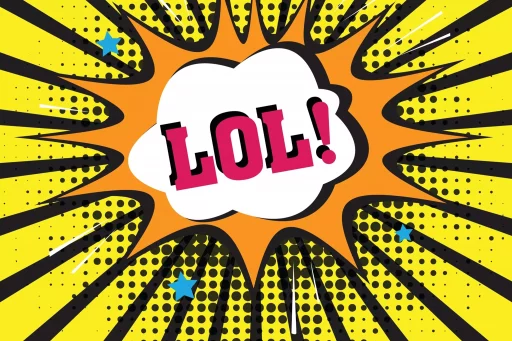The Evolution of Language
Language is constantly evolving, and one of the most prominent ways this can be seen is through the emergence of new slang terms. With the rise of technology and social media, new slang is spreading faster than ever before. It’s a reflection of our ever-changing culture and the way we communicate with one another.
Impact of Social Media
Social media platforms like Instagram, TikTok, and Twitter have become breeding grounds for new slang. Memes, viral videos, and internet challenges all contribute to the creation of new terminology that quickly becomes ingrained in our daily conversations.
Examples of New Slang
- Yeet: Used to express excitement or approval. Example: “I just aced my exam, yeet!”
- Slay: To do something exceptionally well. Example: “She slayed her presentation.”
- Flex: To show off or boast. Example: “He’s always flexing his new car.”
Case Studies
Recent studies have shown that young people are the primary creators and adopters of new slang. They are constantly innovating language to reflect their unique experiences and identities. Teenagers, in particular, are at the forefront of this linguistic evolution.
Statistics
A survey conducted by Pew Research Center found that 71% of teens aged 13-17 use more than one social media platform. This constant online interaction provides them with a platform to create and disseminate new slang terms at a rapid pace.
Conclusion
New slang is not just a passing trend – it’s a cultural phenomenon that shapes the way we communicate and express ourselves. As technology continues to advance, we can expect new slang to evolve and adapt to reflect the ever-changing world we live in.


